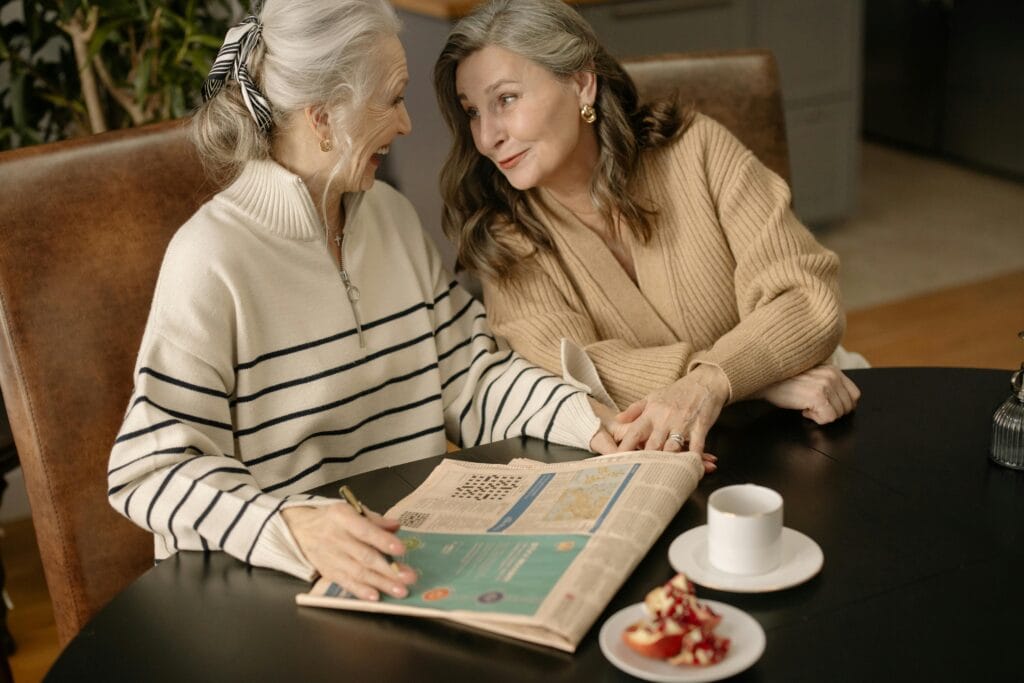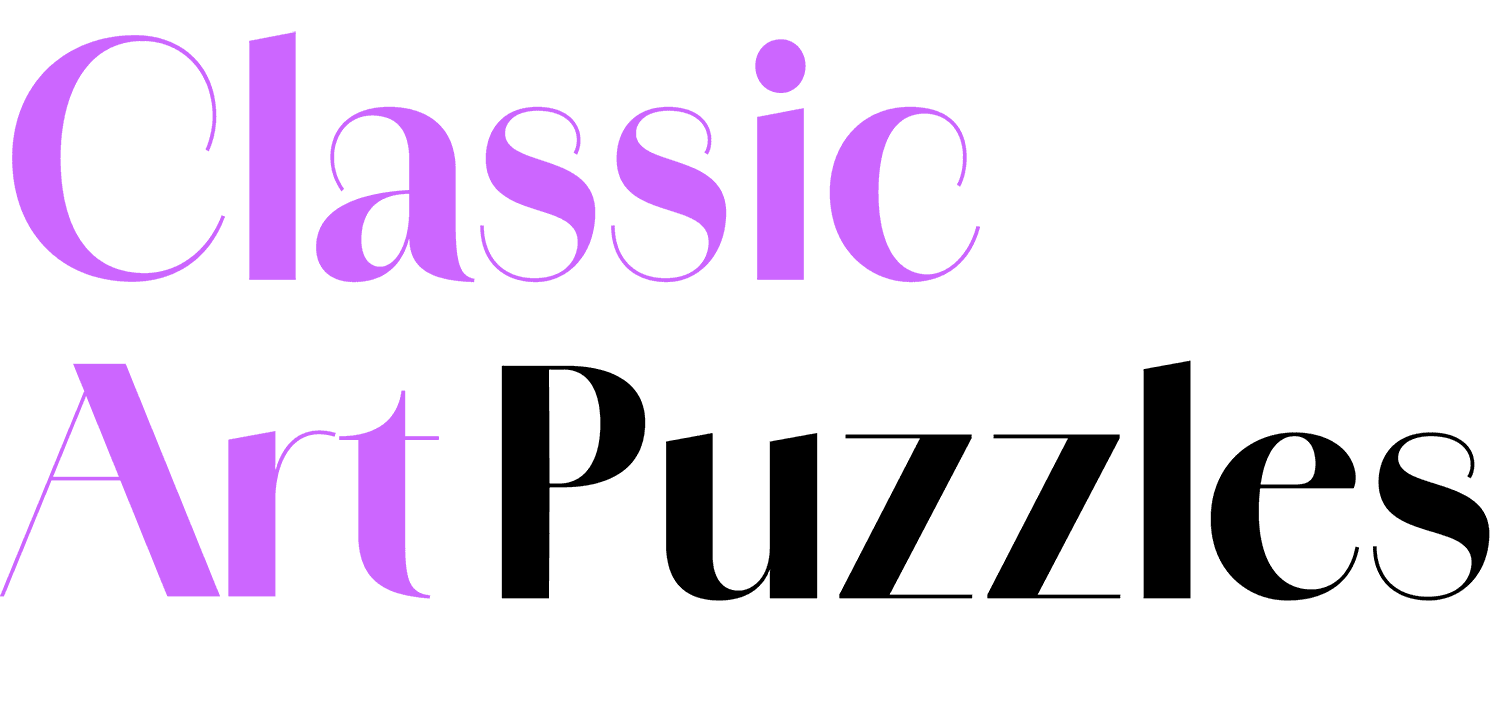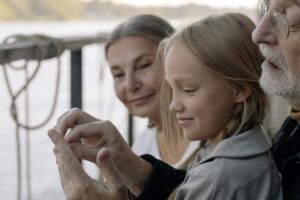Table of Contents
Spot the Difference puzzles have stood the test of time. Simple in concept, rich in variety, and endlessly engaging, these puzzles appeal to a broad range of players — from curious toddlers to thoughtful seniors. But while they’re often celebrated as universally loved brain games, the truth is: they’re not for everyone.
This guide explores who benefits most from Spot the Difference puzzles — and who might find other types of puzzles more satisfying. Whether you’re a parent, educator, hobbyist, or puzzle publisher, understanding the ideal audience can help you choose (or create) the right game for the right person.
Let’s take a closer look.
Who Spot the Difference Puzzles Are Perfect For
🧒 Young Children Building Early Visual Skills
Spot the Difference puzzles are exceptionally good for preschoolers and early learners (ages 2–7). With no reading or math required, these visual puzzles strengthen:
- Visual discrimination
- Shape and color recognition
- Early pattern awareness
- Pre-reading skills
Bright illustrations and obvious changes help children develop focus and attention in a playful, screen-free way. Bonus: it builds early problem-solving habits without pressure.
👩🏫 Teachers and Homeschoolers Seeking Low-Prep Learning Tools
Educators love these puzzles because they’re:
- Low-cost (or even free)
- Language-independent
- Great for warm-ups, transitions, and quiet focus time
- Adaptable across subjects (e.g., geography, art, science)
They also encourage collaboration when solved in pairs or small groups.
Great for: classroom activities, ESL students, special education settings
🧠 Adults Looking for Mental Exercise Without Stress
Spot the Difference is a favorite for adults who want light cognitive stimulation without the frustration of timed tests or complex logic puzzles.
These puzzles:
- Support memory and attention
- Offer mindfulness and stress relief
- Provide a sense of completion and satisfaction
- Can be enjoyed solo or with others
They’re ideal for lunch breaks, travel, or winding down in the evening — especially when paired with art, nature, or nostalgia themes.
👵 Seniors Seeking Gentle Cognitive Maintenance
Older adults benefit enormously from Spot the Difference puzzles — especially when designed with them in mind.
They:
- Strengthen attention and memory
- Offer gentle challenge without strain
- Trigger discussion and reminiscence when images are historical or familiar
- Reduce stress and support calm
Large, high-contrast images, fewer but meaningful differences, and nostalgic themes make these puzzles a perfect fit for older generations.
👨👩👧 Families Looking for Shared Activities
Spot the Difference is one of the rare puzzle types that works well across age groups. Children and grandparents alike can gather around the same image and collaborate.
- Builds conversation
- Encourages turn-taking
- Fosters intergenerational bonding
- Supports unplugged, screen-free time
This makes them great for family game nights, car rides, and casual weekend fun.
Who Spot the Difference Might Not Be Ideal For
❌ People Who Prefer Fast-Paced, Competitive Games
Spot the Difference is a slow game. It rewards careful observation, not quick reflexes. Players who thrive on action, timers, or multiplayer competition (think: video games or trivia contests) might find Spot the Difference too calm or repetitive.
Alternative: Try puzzle apps with time challenges, escape rooms, or logic racing games.
❌ Word and Number Puzzle Lovers

Some people simply love crosswords, anagrams, Sudoku, and code-based puzzles. These tap into verbal or mathematical intelligence — and offer different types of satisfaction than visual comparisons.
For those who enjoy:
- Wordplay
- Vocabulary building
- Number patterns
…Spot the Difference may feel too easy or not intellectually stimulating enough.
Alternative: Word games, logic puzzles, Sudoku, riddles
❌ Those With Visual Processing Challenges (Depending on Design)
While Spot the Difference can be inclusive, poorly designed puzzles (with low contrast, cluttered backgrounds, or tiny details) may be frustrating for people with:
- Vision impairments
- ADHD
- Certain forms of dyslexia
- Sensory sensitivities
However, with intentional design — larger images, simpler layouts, gentle color contrast — these puzzles can still be adapted for many neurodiverse players.
❌ People Looking for Open-Ended Creativity
Spot the Difference puzzles have a defined start and finish. For players who prefer:
- Drawing or creating
- Sandbox-style exploration
- Strategy games with multiple outcomes
… they may seem too structured.
Alternative: Creative puzzle games, storytelling games, or drawing-based apps
How to Know If Spot the Difference Is a Good Fit
If you’re choosing or designing puzzles for a group, ask:
- Do they enjoy quiet, focused play?
- Are they visually oriented learners?
- Do they prefer low-pressure problem solving?
- Are they turned off by spelling, math, or complex rules?
- Do they enjoy art or storytelling?
If the answer is yes to any of the above — Spot the Difference could be a great fit.
Final Thoughts: The Right Puzzle for the Right Player
Spot the Difference puzzles are not one-size-fits-all — but when matched with the right audience, they shine.
They’re:
- Language-free
- Inclusive
- Emotionally safe
- Visually stimulating
- Easy to scale across age and skill levels
At Classic Art Puzzles, we create spot-the-difference puzzles based on timeless paintings — designed for clarity, accessibility, and storytelling. With formats ranging from digital flipbooks to high-resolution prints, we help match the puzzle to the person, not the other way around.
So while Spot the Difference isn’t for everyone, it just might be perfect for you — or someone you love.



